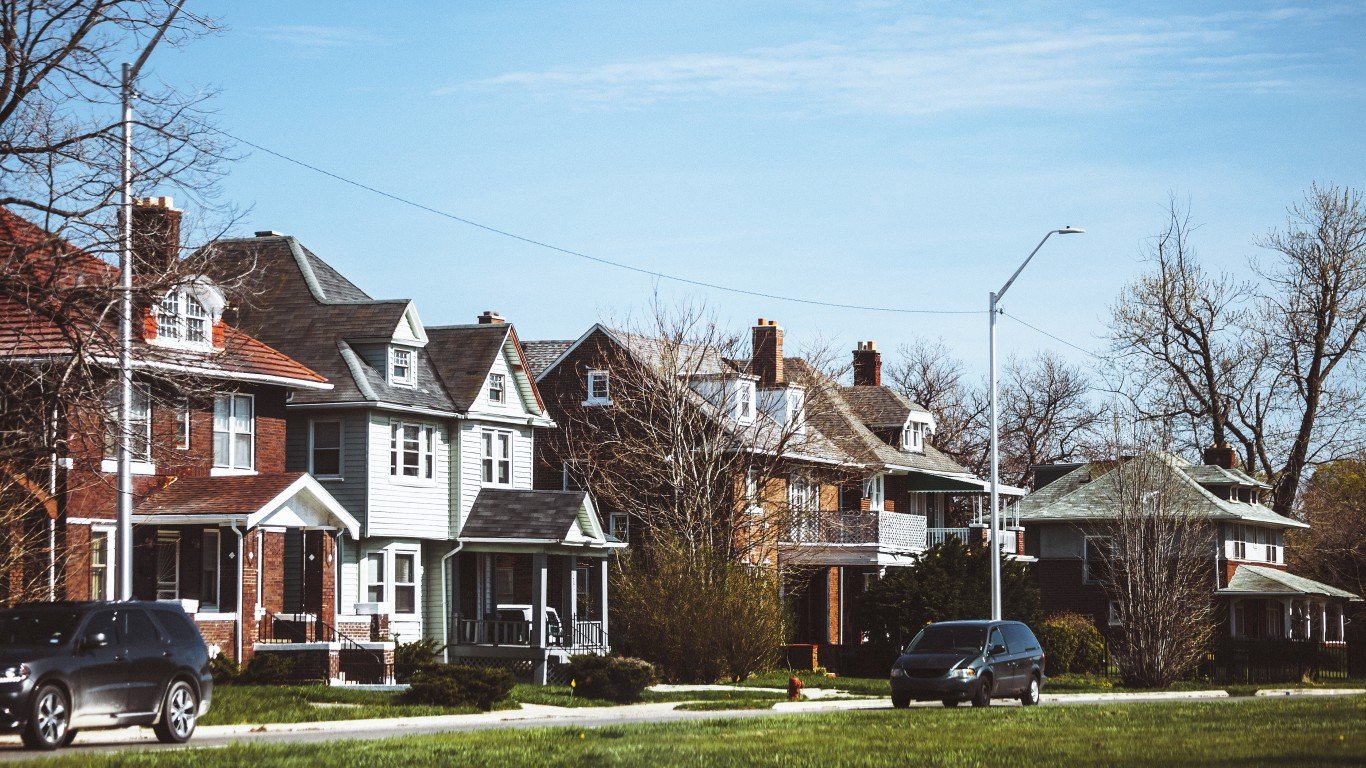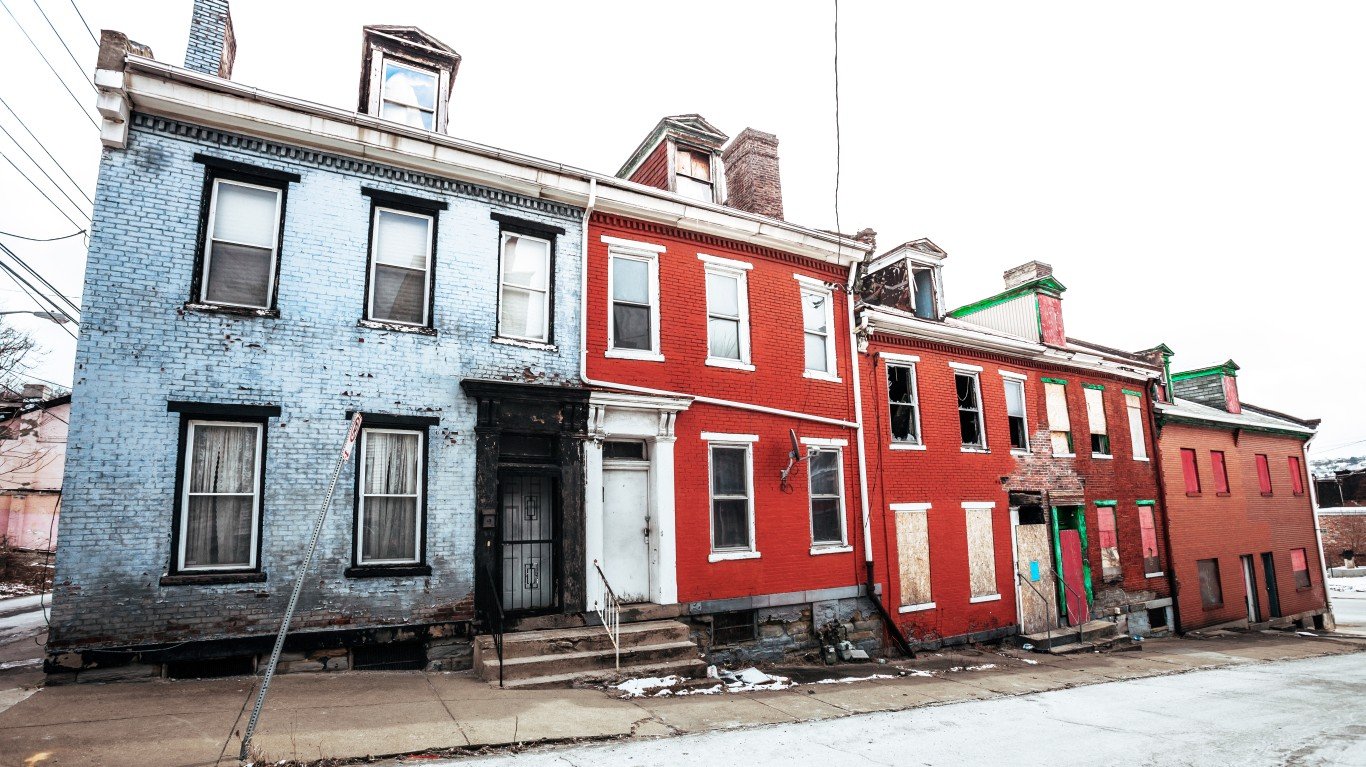

The U.S. Census Bureau and the Department of Housing and Urban Development reported Monday morning that sales of new homes in July slipped to a seasonally adjusted annual rate of 627,000, a decrease of 1.7% from the revised June rate of 638,000 and an increase of 12.8% compared with the July 2017 rate of 556,000. The consensus estimate from a survey of economists expected a rate of around 648,000. The June rate was revised upward by 7,000.
At the peak in 2005, new home sales posted a seasonally adjusted annual rate of nearly 1.4 million.
The Census Bureau also reported that the median sales price for new homes sold in July rose by $26,600 from $302,100 in June to $328,700, and the average sales price rose by $31,000 to $394,300. At the end of July the number of new homes for sale totaled 309,000, up by 8,000 month over month and represented a supply of 5.9 months at the current sales rate.
In July, 39% of the estimated 53,000 monthly total were sales for homes priced at less than $300,000. The percentage is down from 48% in June.
Sales of homes priced between $300,000 and $399,999 jumped 10 points to 32% of all sales. Sales of homes in the range of $400,000 to $499,999 slipped two points to 11%, and sales also slipped 2% for homes sold in a range of $500,000 to $749,999. Home sales for properties priced above $750,000 accounted for 7% of all new home sales in July, up three points compared with June.
In the South, home sales fell by 12,000 (3.3%) month over month in July to 355,000. Home sales rose in the Midwest from 71,000 in June to 78,000 (18.2%) in July.
On a seasonally adjusted basis, nationally new home sales are up 12.8% year over year. In the South, new home sales are up 17.2%; in the Northeast, sales are down 48.8%; in the Midwest, sales are up 18.2%; and in the West, sales are up 12%.
At the end of July, the for-sale inventory (not seasonally adjusted) totaled 310,000, up 6,000 month over month. On a non-seasonally adjusted basis, inventory rose by 1,000 in the Northeast to 27,000 and by 1,000 in the Midwest to 42,000. In the South new homes for sale rose by 4,000 to 161,000, while supply in the West remained flat at 80,000.
Essential Tips for Investing: Sponsored
A financial advisor can help you understand the advantages and disadvantages of investment properties. Finding a qualified financial advisor doesn’t have to be hard. SmartAsset’s free tool matches you with up to three financial advisors who serve your area, and you can interview your advisor matches at no cost to decide which one is right for you. If you’re ready to find an advisor who can help you achieve your financial goals, get started now.
Investing in real estate can diversify your portfolio. But expanding your horizons may add additional costs. If you’re an investor looking to minimize expenses, consider checking out online brokerages. They often offer low investment fees, helping you maximize your profit.
Thank you for reading! Have some feedback for us?
Contact the 24/7 Wall St. editorial team.



